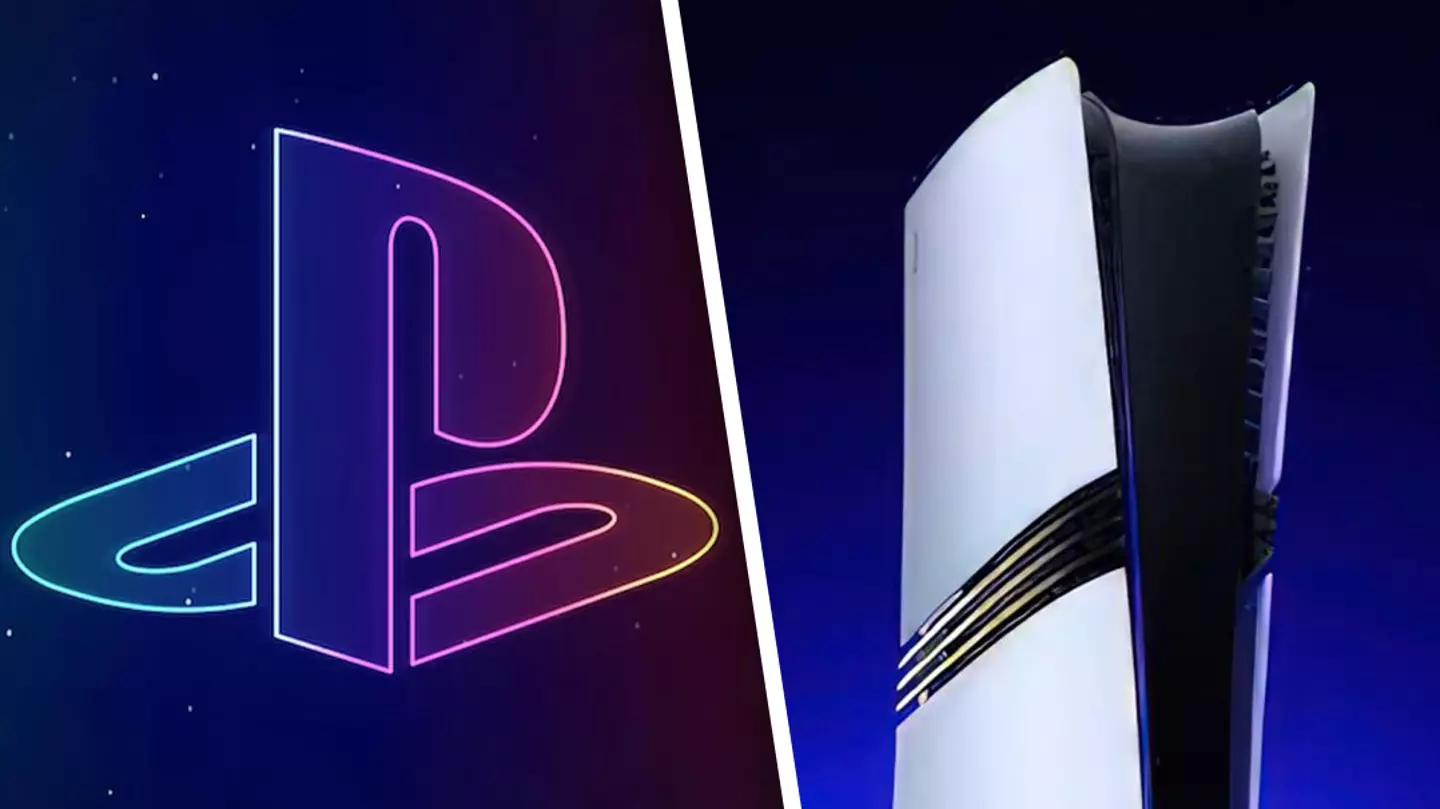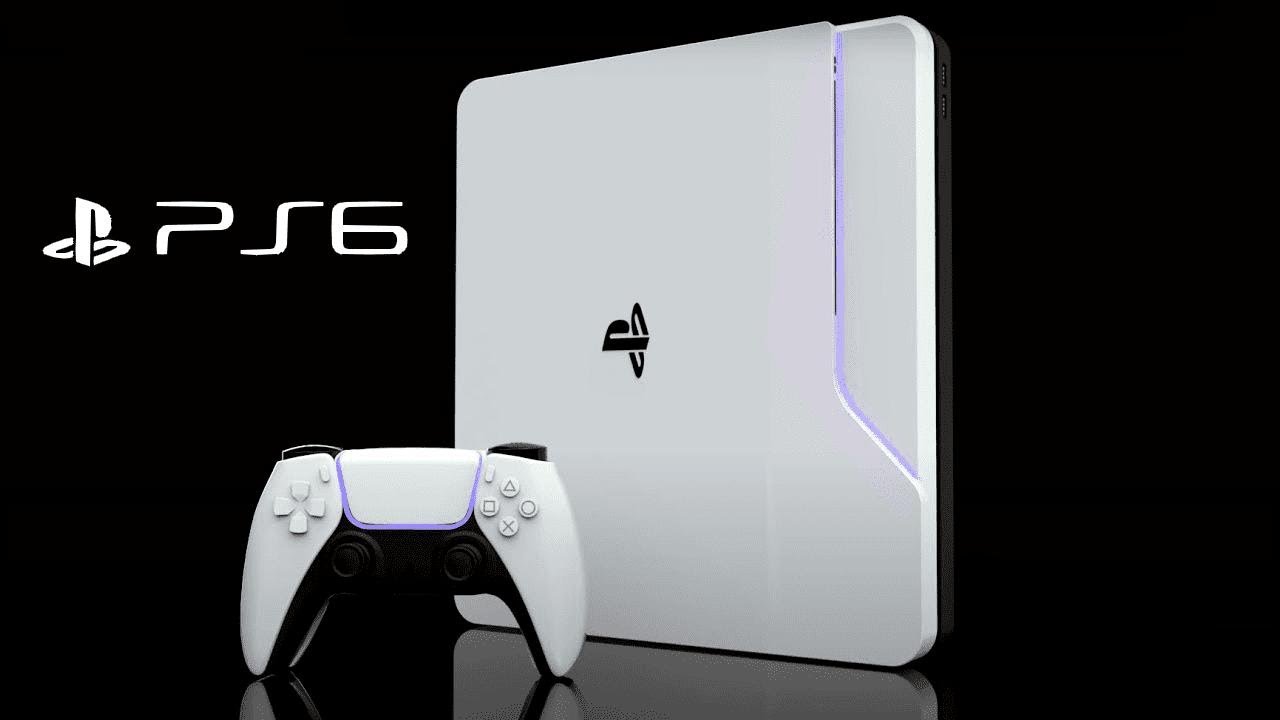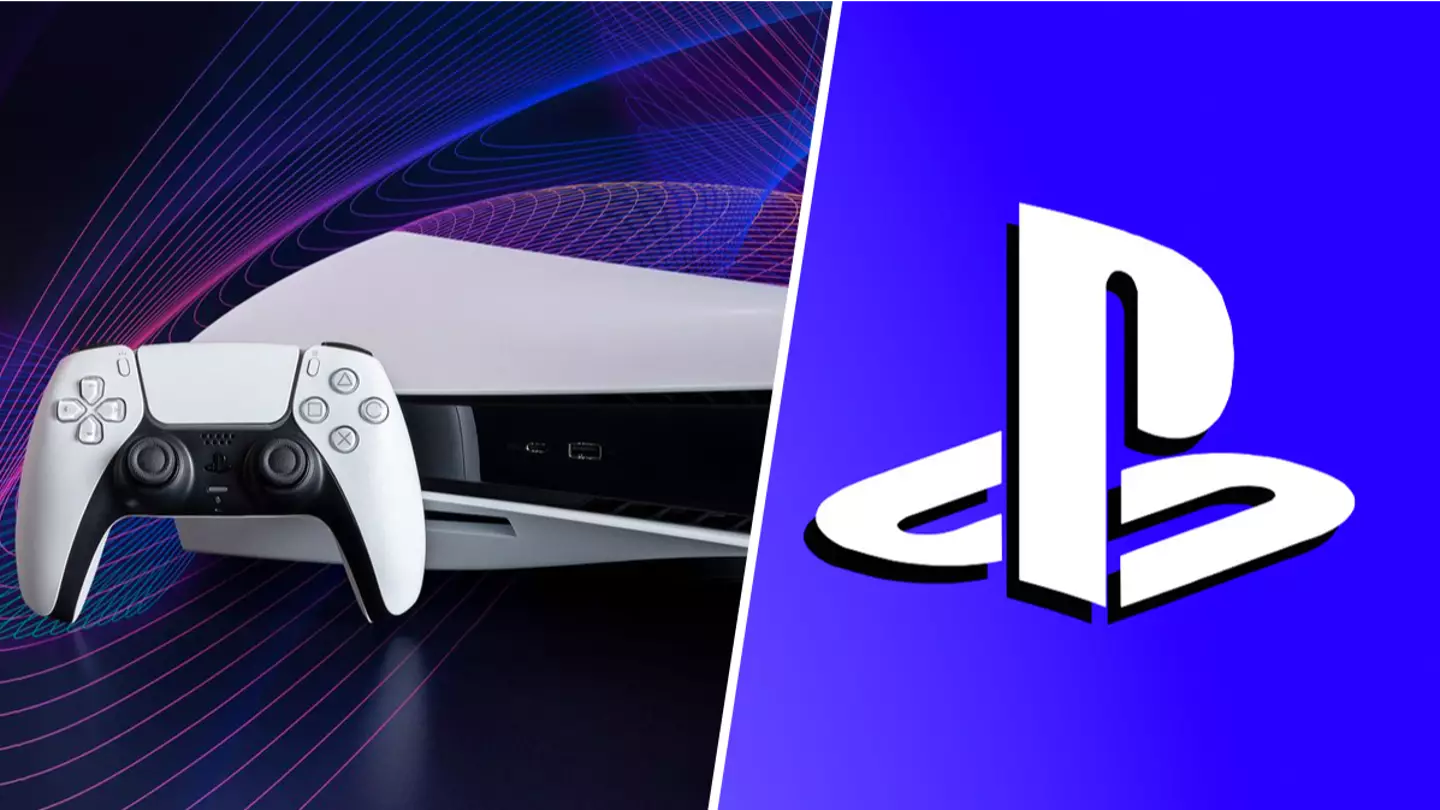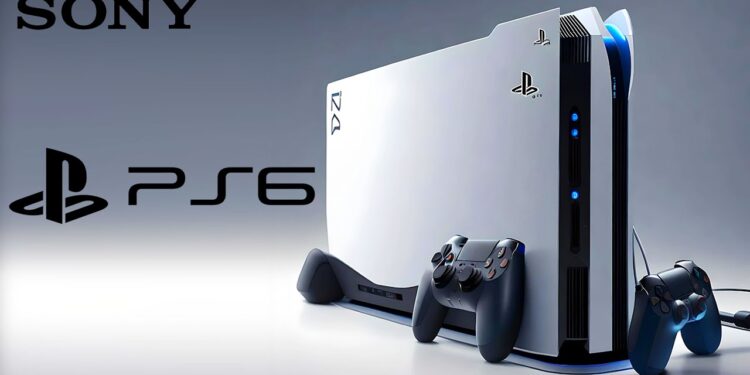The gaming world is abuzz with the early whispers about Sony’s PlayStation 6, which, although still shrouded in secrecy, has sparked considerable interest following a recent Reuters report. Sony has reportedly decided to continue its partnership with AMD for the upcoming PS6, a move that not only influences the hardware’s capabilities but also ensures backward compatibility—a feature highly valued by the gaming community.

A Strategic Decision Rooted in Compatibility
Sony’s decision to stick with AMD over Intel for its next-generation console is not merely a matter of preference but a strategic choice deeply rooted in the need for backward compatibility. This decision was partly influenced by the technical demands of maintaining seamless gameplay experiences across different console generations. The PlayStation 5, which features a custom AMD Zen 2 CPU and AMD RDNA 2 GPU—and an advanced RDNA 3 for the newly announced PS5 Pro—sets a high bar for compatibility that Sony aims to maintain with the PS6.
“Ensuring that gamers can play their beloved PS5 titles on the next-gen console without hassles is a priority for us,” a source from Sony might say, underscoring the importance of a smooth transitional experience in gaming. The move is seen as a continuation of a long-standing policy that favors gamer satisfaction over technical shifts that could disrupt the user experience.

The Legacy of Backward Compatibility
Sony’s commitment to backward compatibility isn’t new. It dates back to the PlayStation 2, which was compatible with games from its predecessor. Although Sony deviated from this path with the PS4, which initially did not support PS3 games directly, it later embraced emulation to provide access to older titles. This historical commitment is seen as a cornerstone of Sony’s strategy to keep its loyal user base engaged and to ease the transition between console generations.
The Broader Implications of Sony’s Hardware Choices
The implications of Sony’s choice extend beyond user experience to reflect on the broader competition in the console market. As Microsoft also leans on AMD for its Xbox Series X, the dynamics of chipmaker selections are pivotal in shaping the capabilities and appeal of each console in the market. Sony’s preference for AMD, dating back to a decision made in 2022, suggests a long-term strategy that prioritizes consistency and performance continuity across its console generations.

With the PlayStation 5 Pro set to launch in November, the eyes of the gaming world are already turning towards the next big thing—the PlayStation 6. Although details about its release remain speculative, with predictions suggesting a timeline similar to the seven-year gap observed between the PS4 and PS5, anticipation is building. “The minute you ship a product you already have a team working on the next version,” said Shawn Layden, former chairman of SIE Worldwide Studios, highlighting the continuous cycle of innovation that drives the gaming industry. The PlayStation 6 remains an enigmatic but highly anticipated chapter in the future of gaming. With AMD at the heart of Sony’s hardware once again, the stage is set for a new era of immersive gaming that honors the past while boldly stepping into the future. As the details unfold, gamers around the world are keenly watching, ready to see how Sony will once again redefine the gaming experience.









